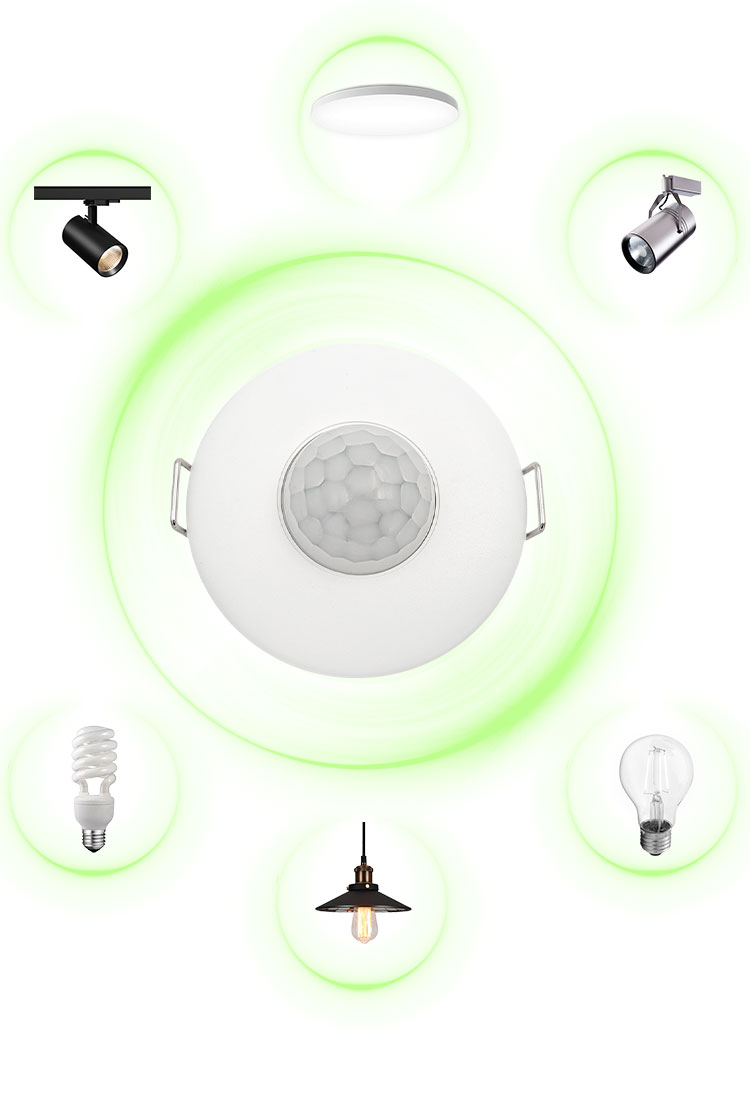

Intelligent lighting: Sensors and bulbs control the light
The combination of sensors and light bulbs can turn sensors into intelligent switches that can automatically control light bulbs based on environmental conditions.
Sensors are responsible for detecting specific physical quantities in the environment, such as light, motion, temperature, etc., and converting them into electrical signals. This electrical signal is sent to the control circuit for processing. The control circuit determines whether to turn on the power to the light bulb based on preset logic (such as "when it's dark and someone is passing by").
Motion sensors, lighting sensors, sound sensors, and even presence sensors are like nerve endings in a home, keenly capturing changes in the environment and human activities, and transmitting this information to the central processing system, which then determines when, where, and in what way to light up what kind of lights.
Intelligent lighting can free your hands and eliminate the need to fumble for switches in the dark. After the sensor detects a person, the light will automatically turn on.
Intelligent lighting is efficient and energy-saving, while traditional switches may keep the lights on after people leave, causing waste. And intelligent lighting can achieve instant extinction when people leave.
Intelligent lighting can recognize the needs of different scenarios and users. The brightness and illumination time of the lights can be determined based on different external scenes; The atmosphere such as the color of light can be adjusted according to different user needs.
In order to achieve intelligent lighting, multiple sensors need to be deployed at key locations throughout the house: motion sensors detect human movement; Light sensor monitors environmental brightness; There are sensors that can sense whether a person is truly in the room (even if they are stationary); The sound sensor receives specific commands. These sensors together form the perception layer of the system.
Install an intelligent central controller for centralized control; As the brain of the system, the controller receives data from all sensors and uses algorithms to determine the current operation that should be performed
As an execution unit, there are various types of light bulbs to choose from: from traditional light bulbs to LED light strips, from spotlights to desk lamps, various lighting devices can be connected to intelligent systems. By using a unified communication protocol (such as Zigbee, Wi Fi, Bluetooth Mesh, etc.), all devices can work together.
Multiple control methods: mobile app, voice control, physical switch, etc., to meet the needs of different scenarios.
When we learn to combine sensors with light bulbs, we not only gain convenience, but also a more comfortable, efficient, and enjoyable living experience.








